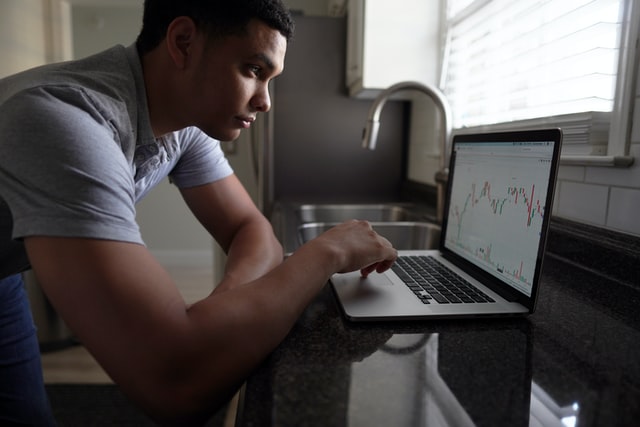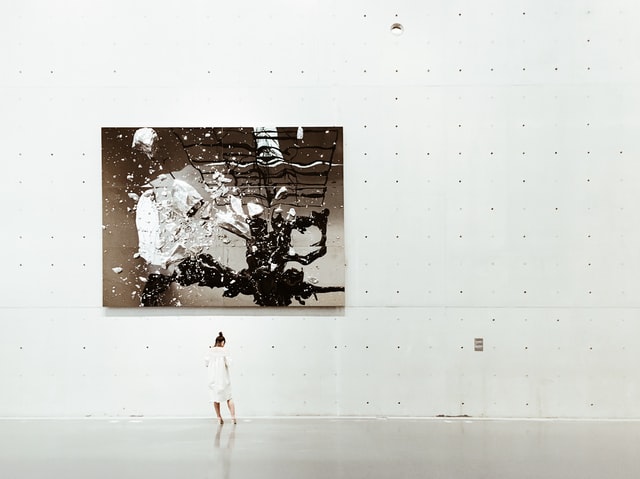The art market is a global market that is divided among the major economic powers. In fact, the big values are only very rarely impacted by crises. Let's try to understand why investing in art can be a safe haven in times of economic crisis.

The art market, one of the first globalized markets

Historically, the art market was one of the first to be internationalized, it existed before the financial markets.
Therefore, before the introduction of currencies, art could already be considered as a fiduciary value and a currency of exchange.
Art, a separate asset class
Unlike other asset classes, art is only weakly linked to the health of our capitalist economies. Art is a bit like gold, it can be described as a "counter-cyclical market".

In fact, from an investment point of view, buying a work of art by a well-known artist for more than $50,000 is like investing your money in gold bars.
This means that if you wish to resell it later and you have chosen your work wisely, then you will have chances to resell it at a price equal or superior to the initial investment.
In short, art allows you not to put all your eggs in one basket by diversifying your assets.
The number of collectors has exploded over the last 20 years
With the multiplication of the number of millionaires and billionaires in the world, especially in China, more and more collectors want to acquire masterpieces. As a result, the prices of most major artists are rising to accommodate this high demand.

Like the stock market, the art market has become digitalized, which has allowed it to open up to a much wider audience.
Over the last 20 years, we have gone from a closed world of insiders to a world open to passionate people looking to invest intelligently.
Some examples that illustrate how art can be a safe haven
If we refer to Artprice, we can see that for the majority of the artists in the Top 1000, the quotations have continued to increase over the last two decades, despite two major economic crises in 2008 and 2020. This suggests that the art market is not very sensitive to changes in the economic world.
Take Claude Monet (1840-1926) for example: €100 invested in a work by the artist in 2000 will be worth an average of €150 in 2020, an increase of 50%.
Louise Bourgeois (1911-2010): €100 invested in one of her creations in 2000 is worth €317 in 2020, an increase of 217%.

A JonOne painting sold on Art Shortlist
Last example with JonOne (born in 1960), an American street artist who has lived in France since the 1980s. Over the last 20 years, his price has increased by 1211%!
Obviously, these three artists do not give us a reflection of the general health of the international art market, far from it! We can always find counter-examples, such as Mary Cassatt (1844-1926): -34% or Vincent Van Gogh (1853-1890): -14% over the same period.
However, this shows how art, as an investment, must be viewed over the long term. It is therefore interesting to look at the artists that will appeal to tomorrow's collectors.
A piece of history with high added value
When you purchase a work by an artist who is part of art history, you are investing in a piece of his or her life as an artist, a rare testimony that he or she has left behind.

Of course, this type of purchase is not for everyone. However, there are opportunities to buy works of art at low prices that have a special place in the history of art. In this sense, prints and drawings are ideal solutions.
So yes, art can be a safe haven, but only if you buy works with a clear and traceable provenance.




